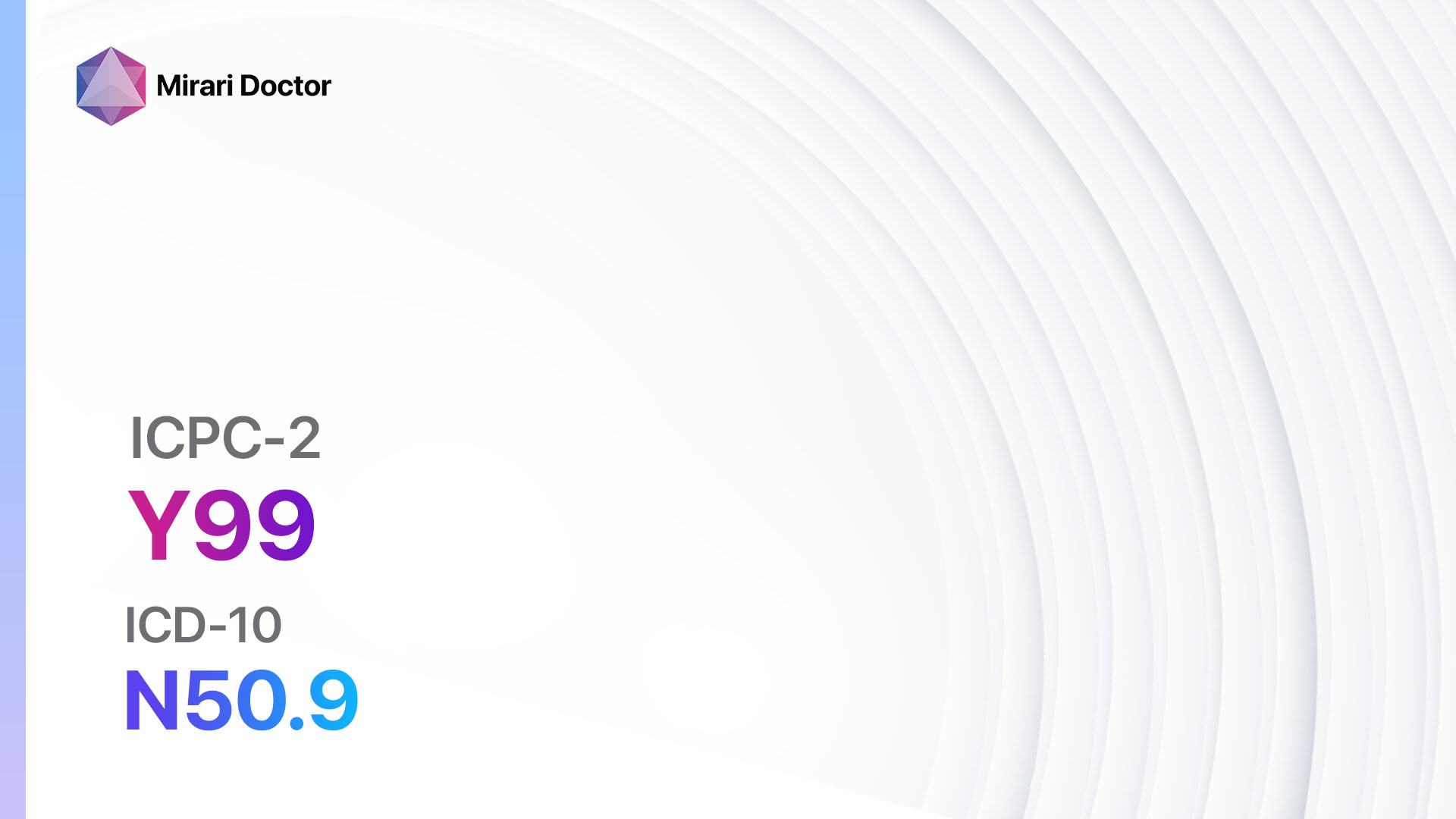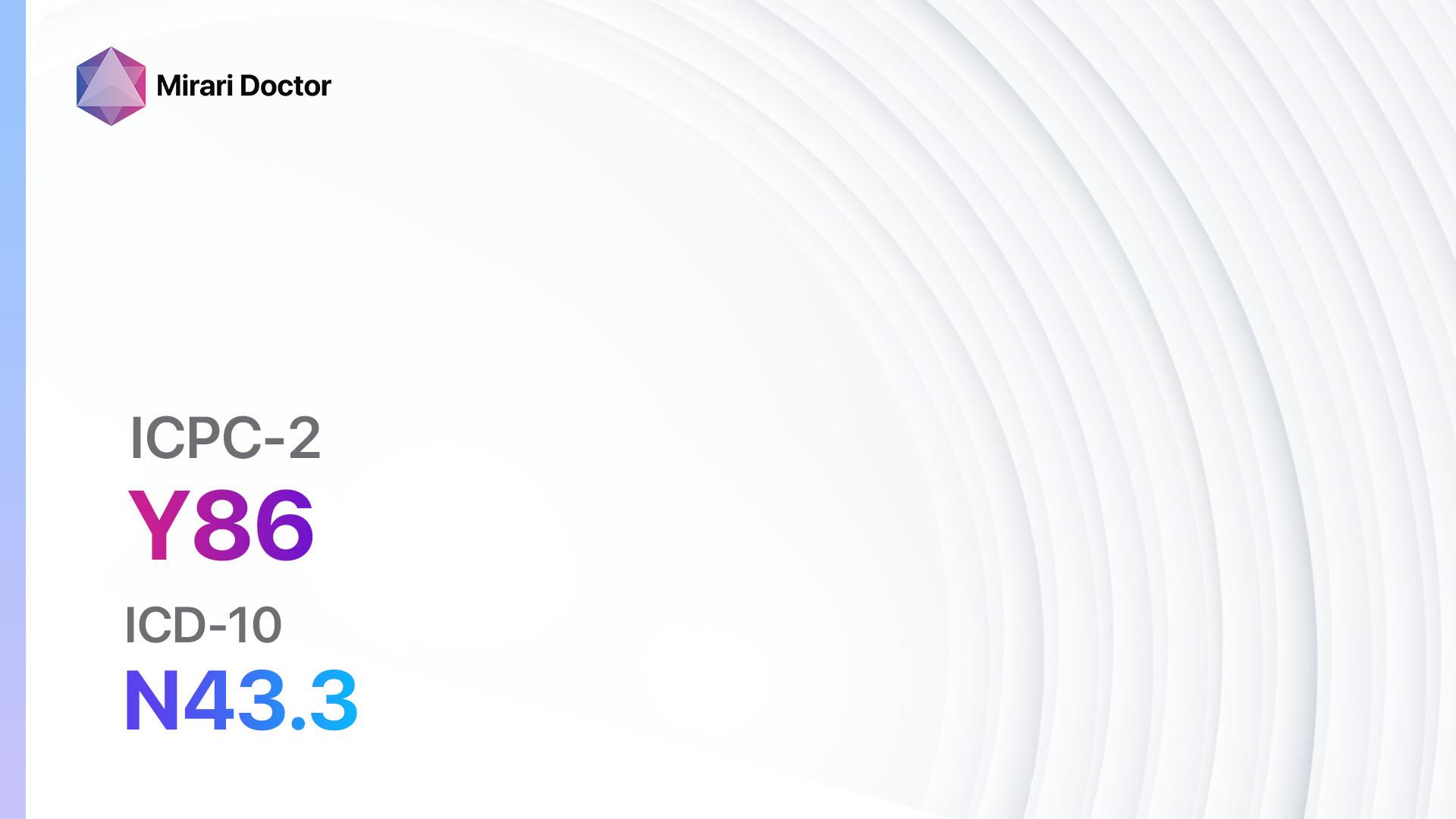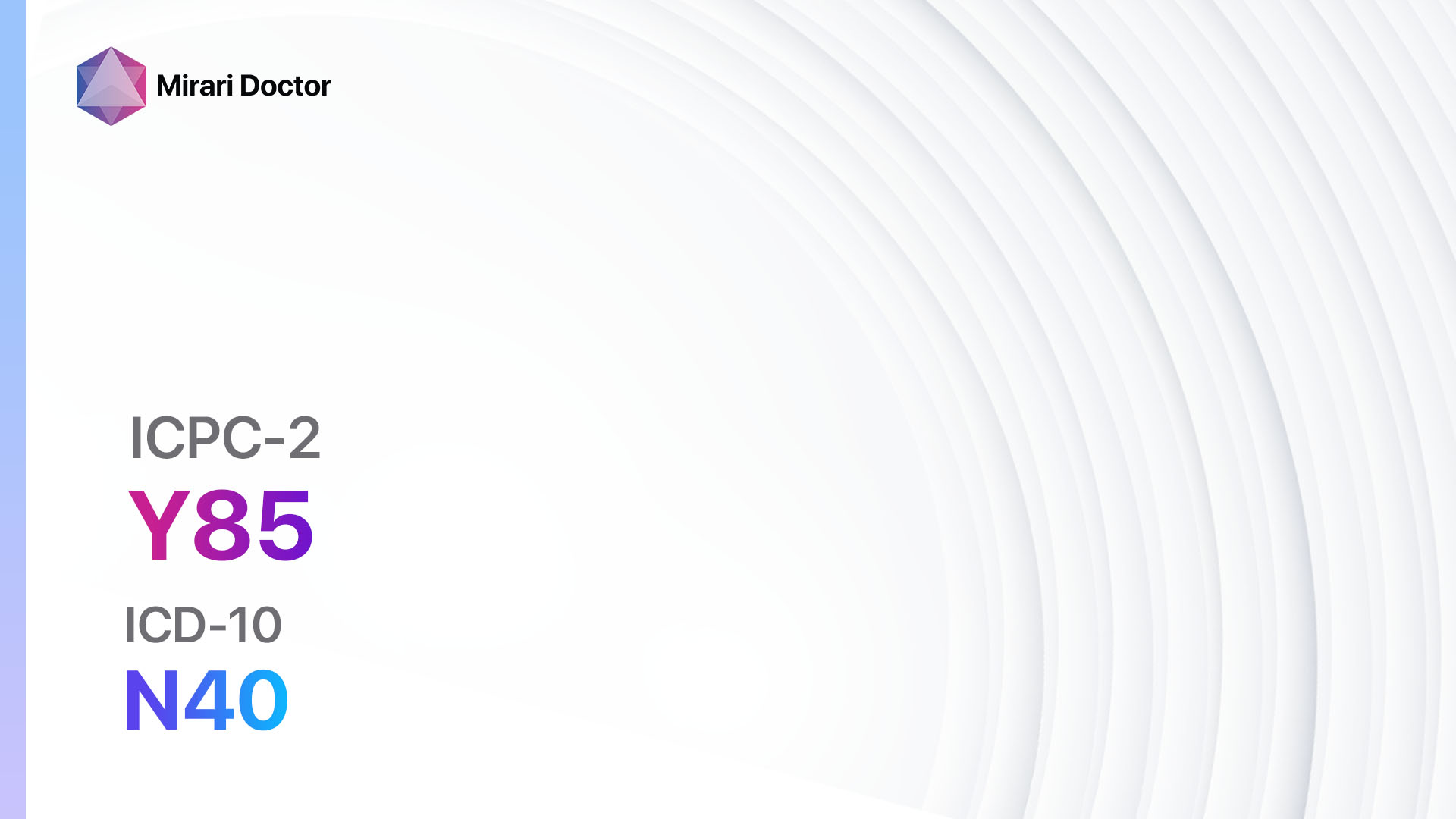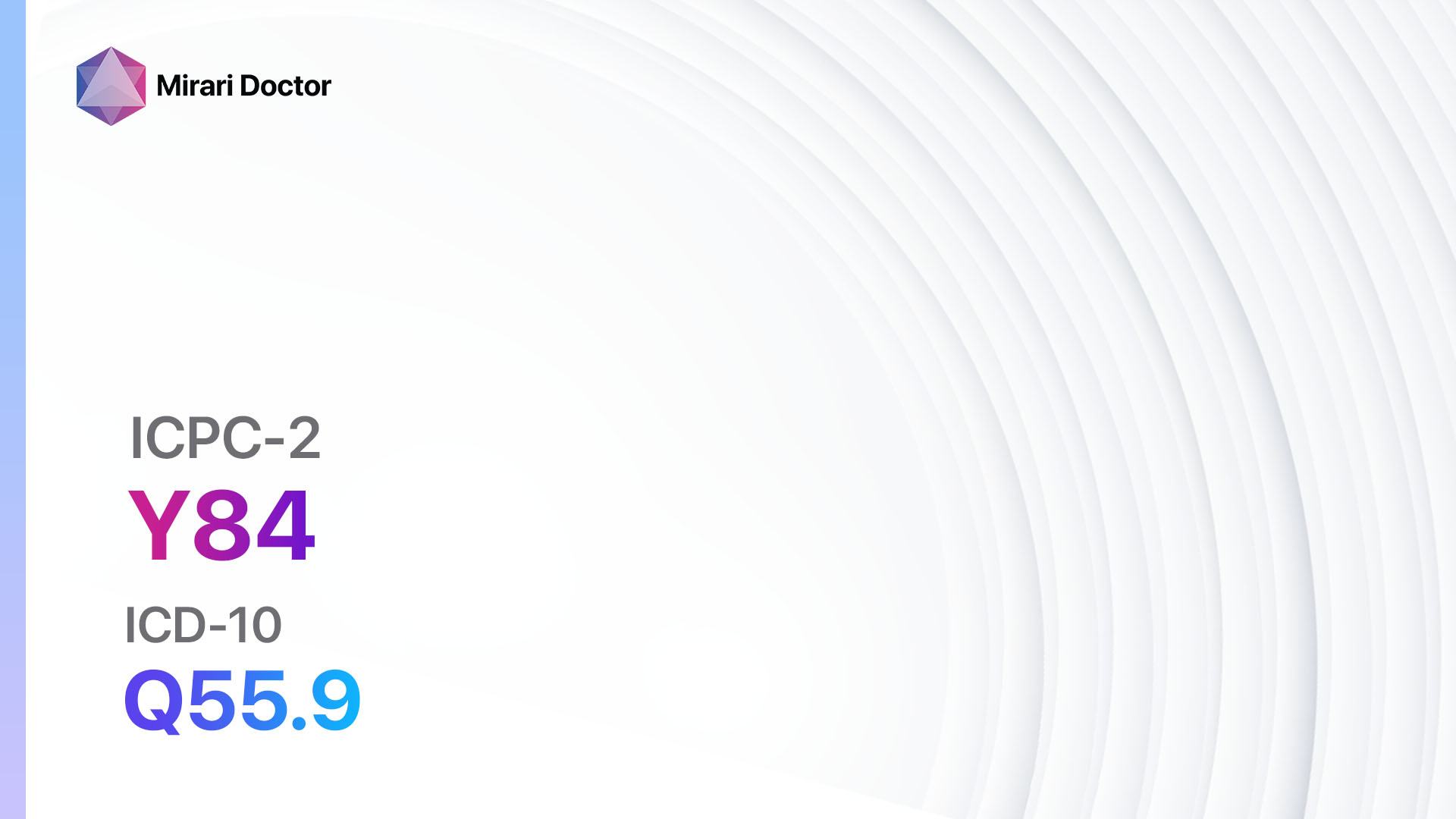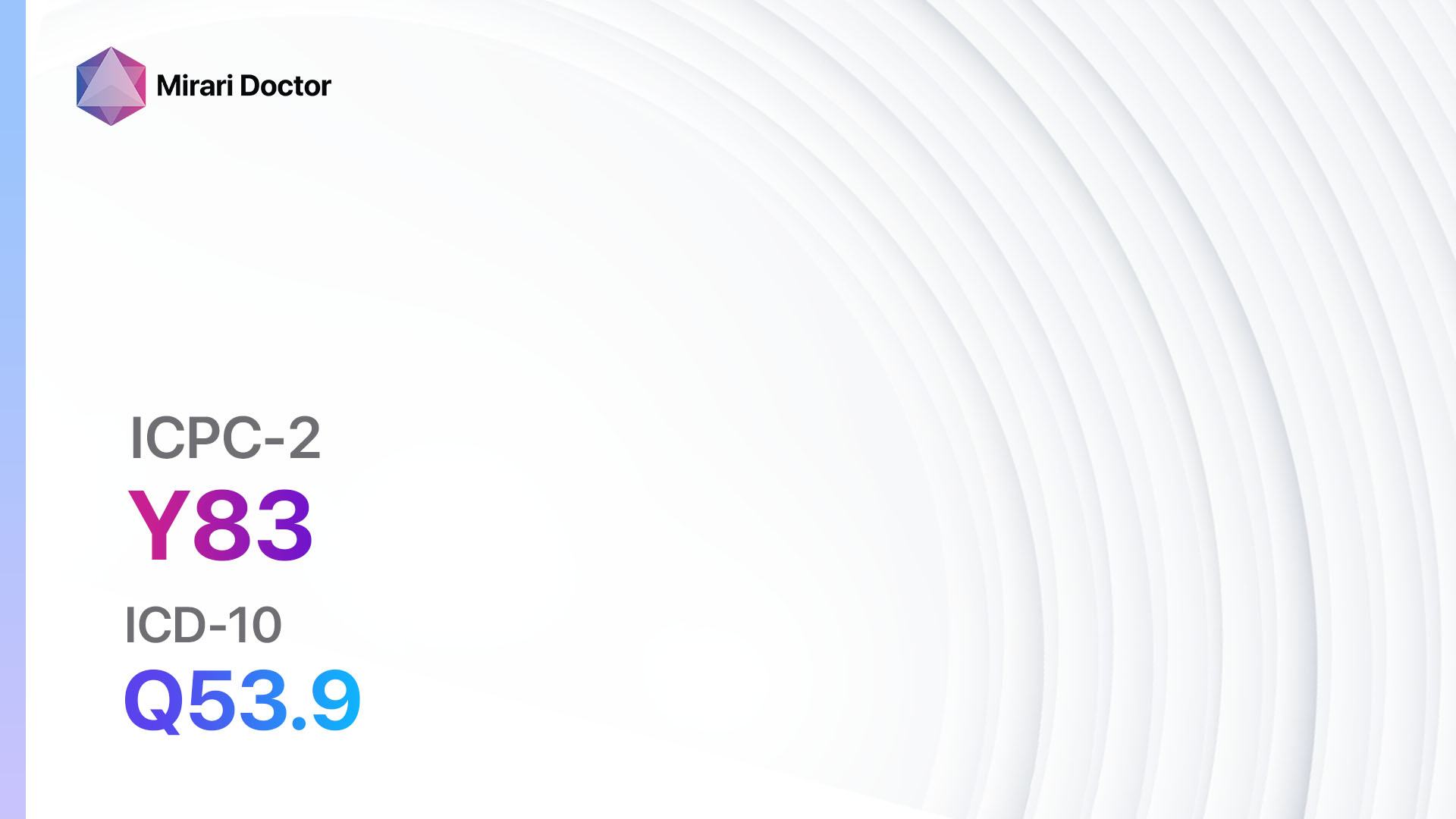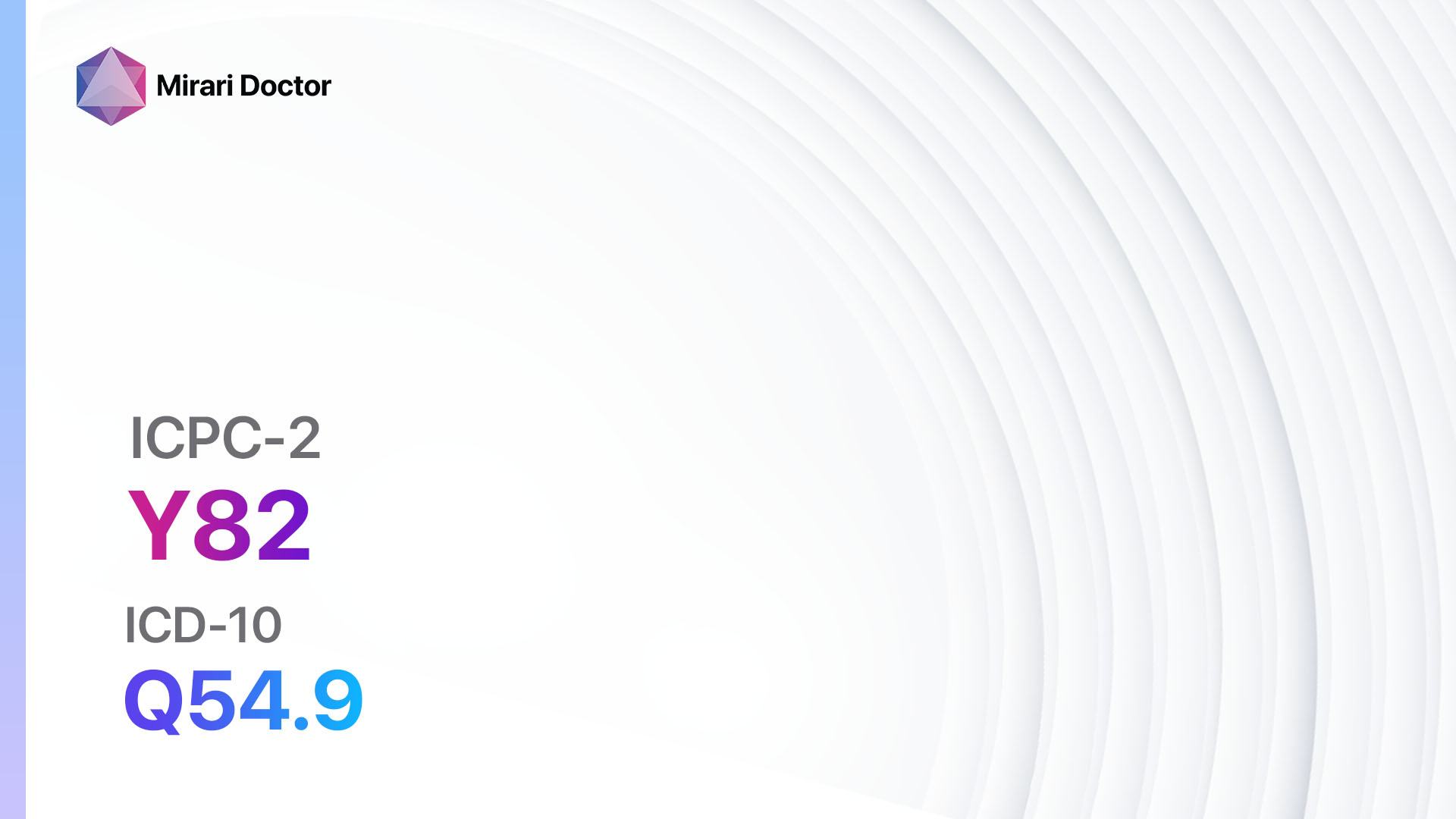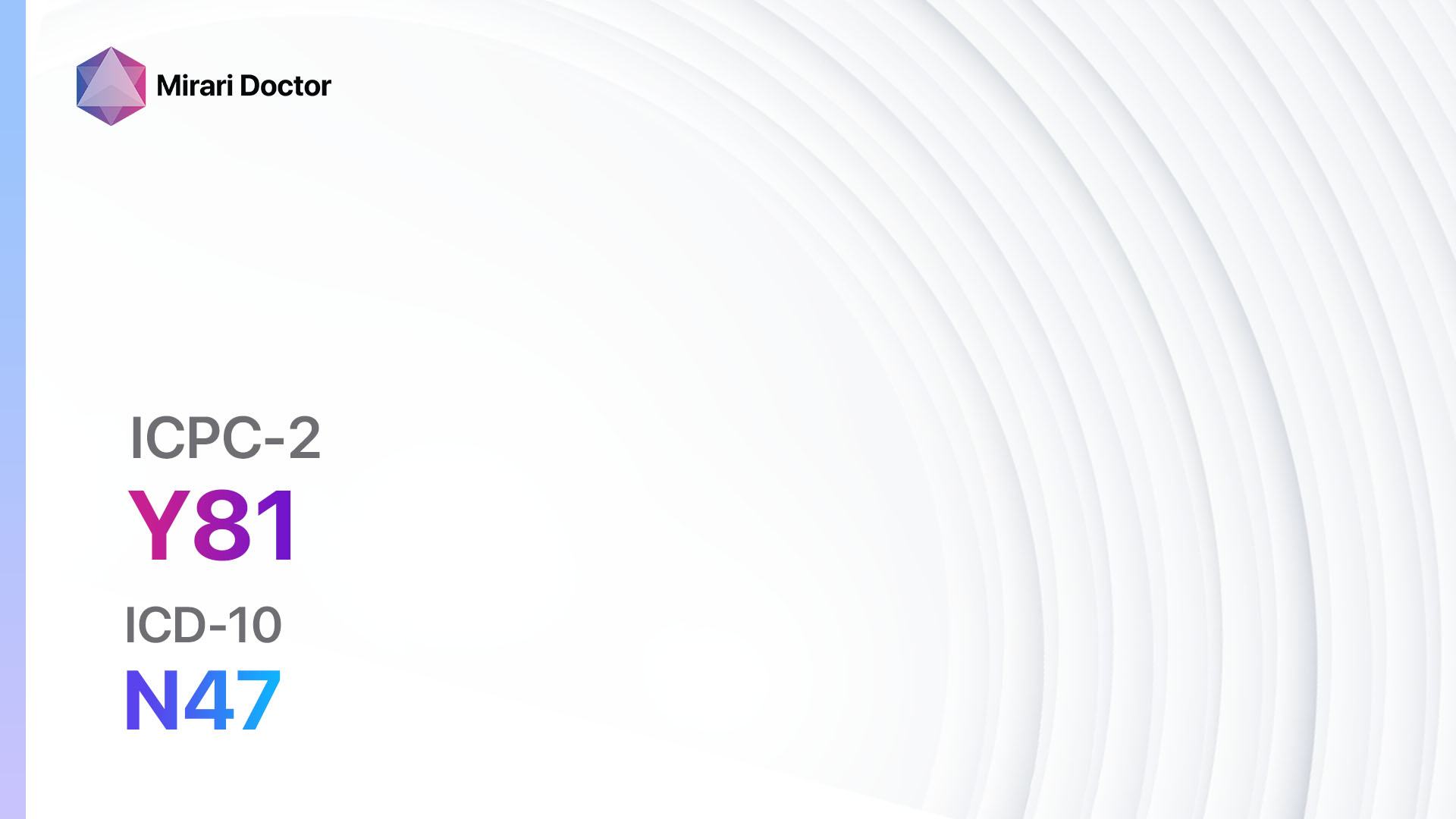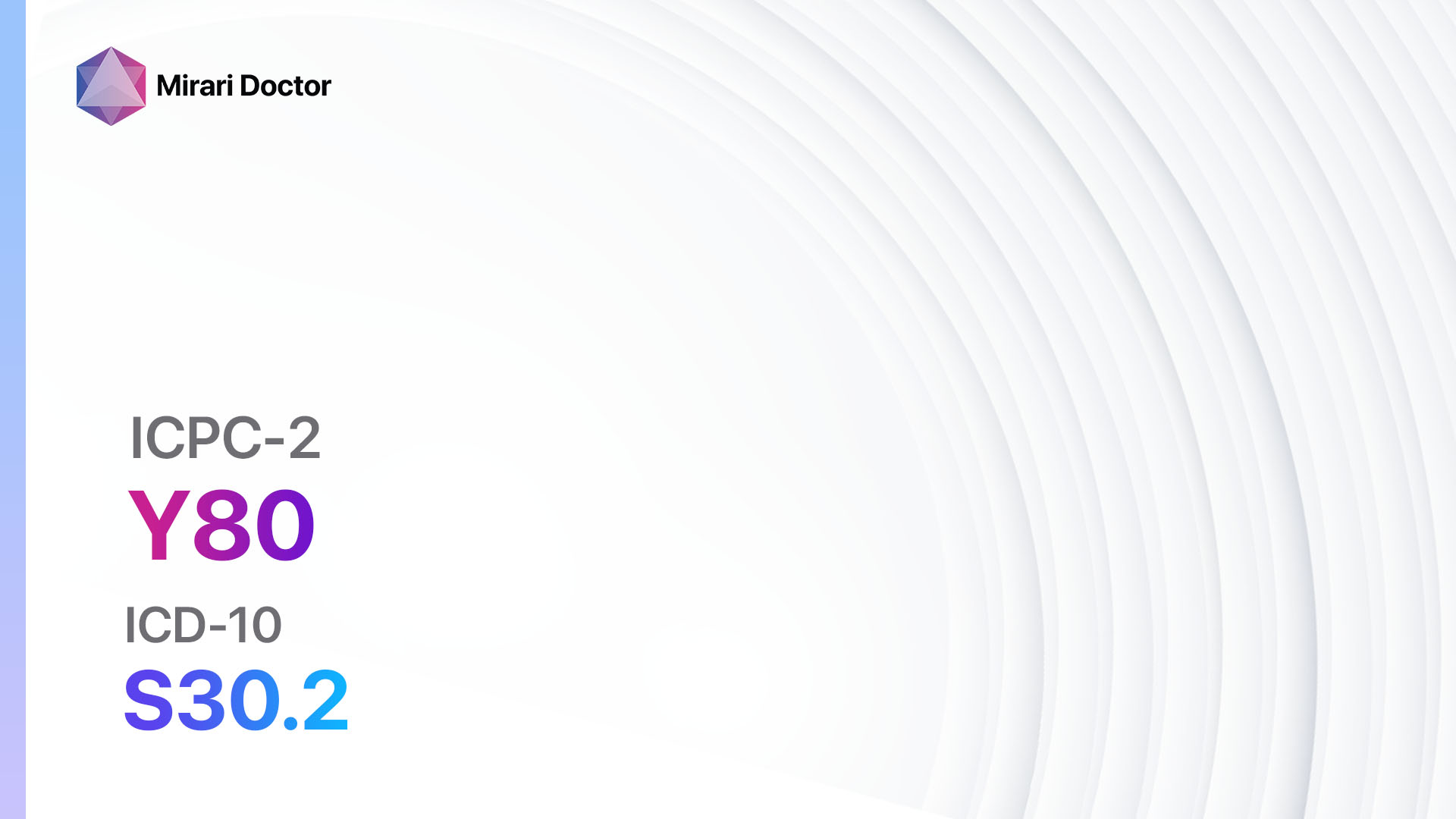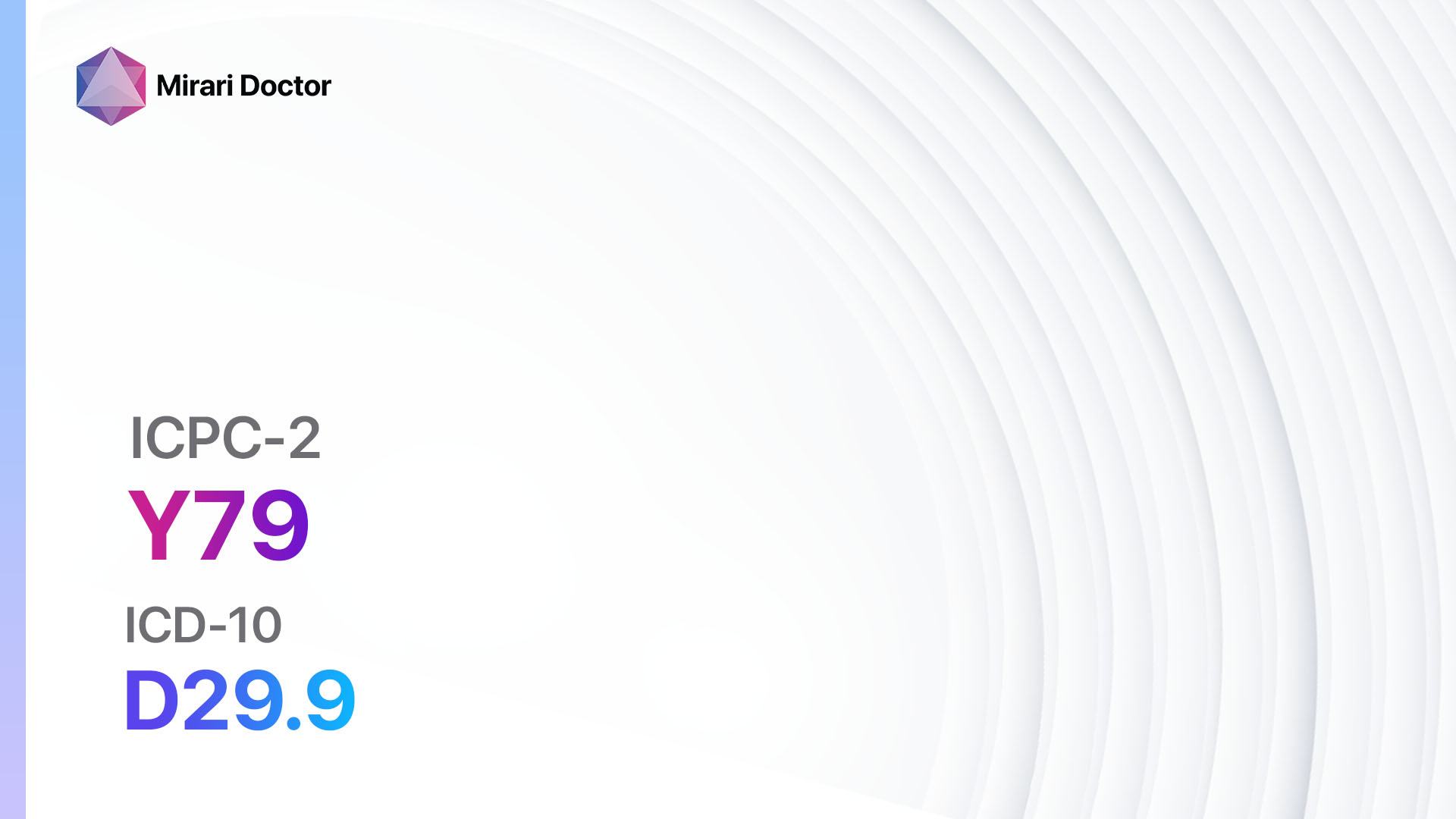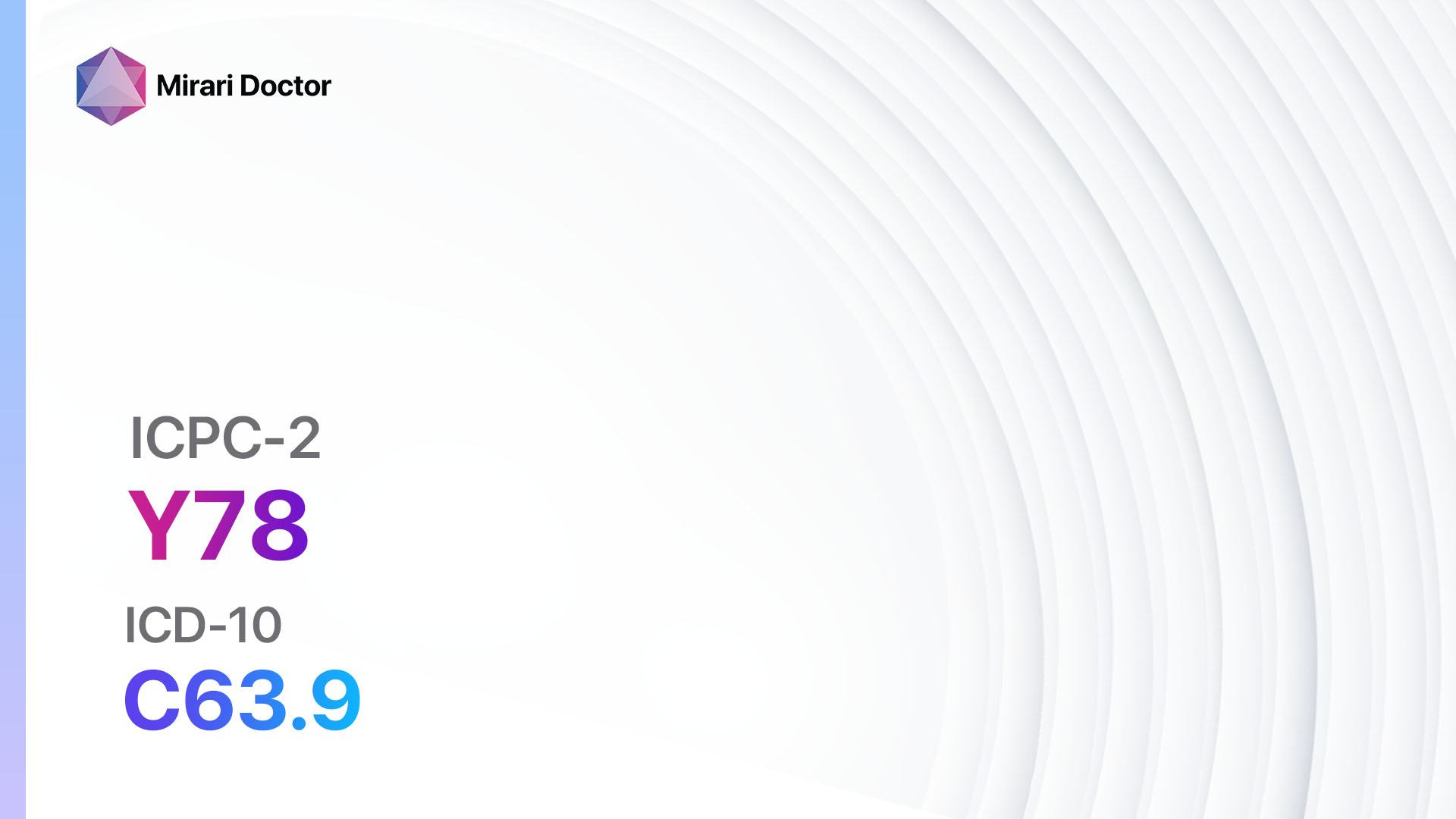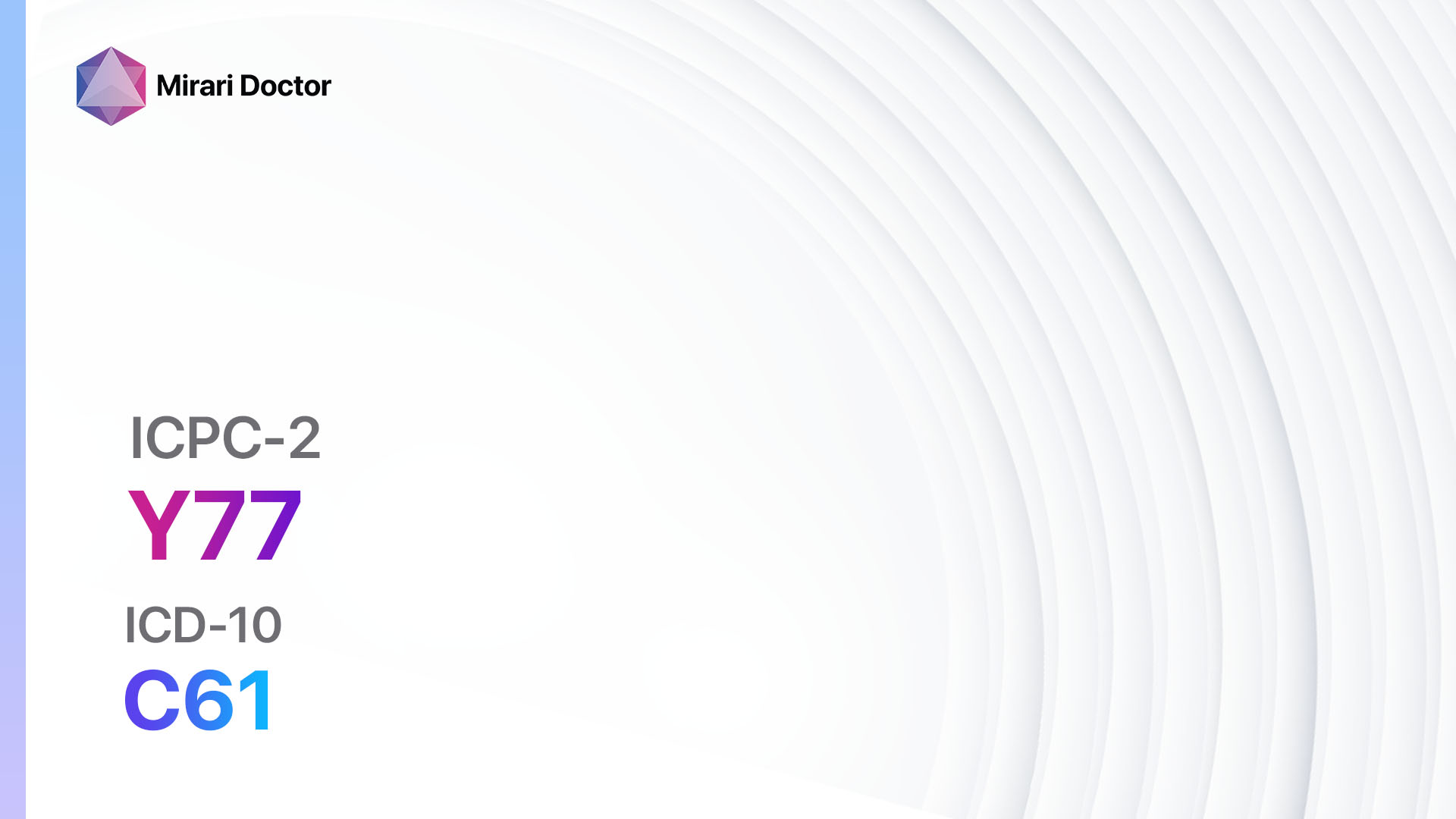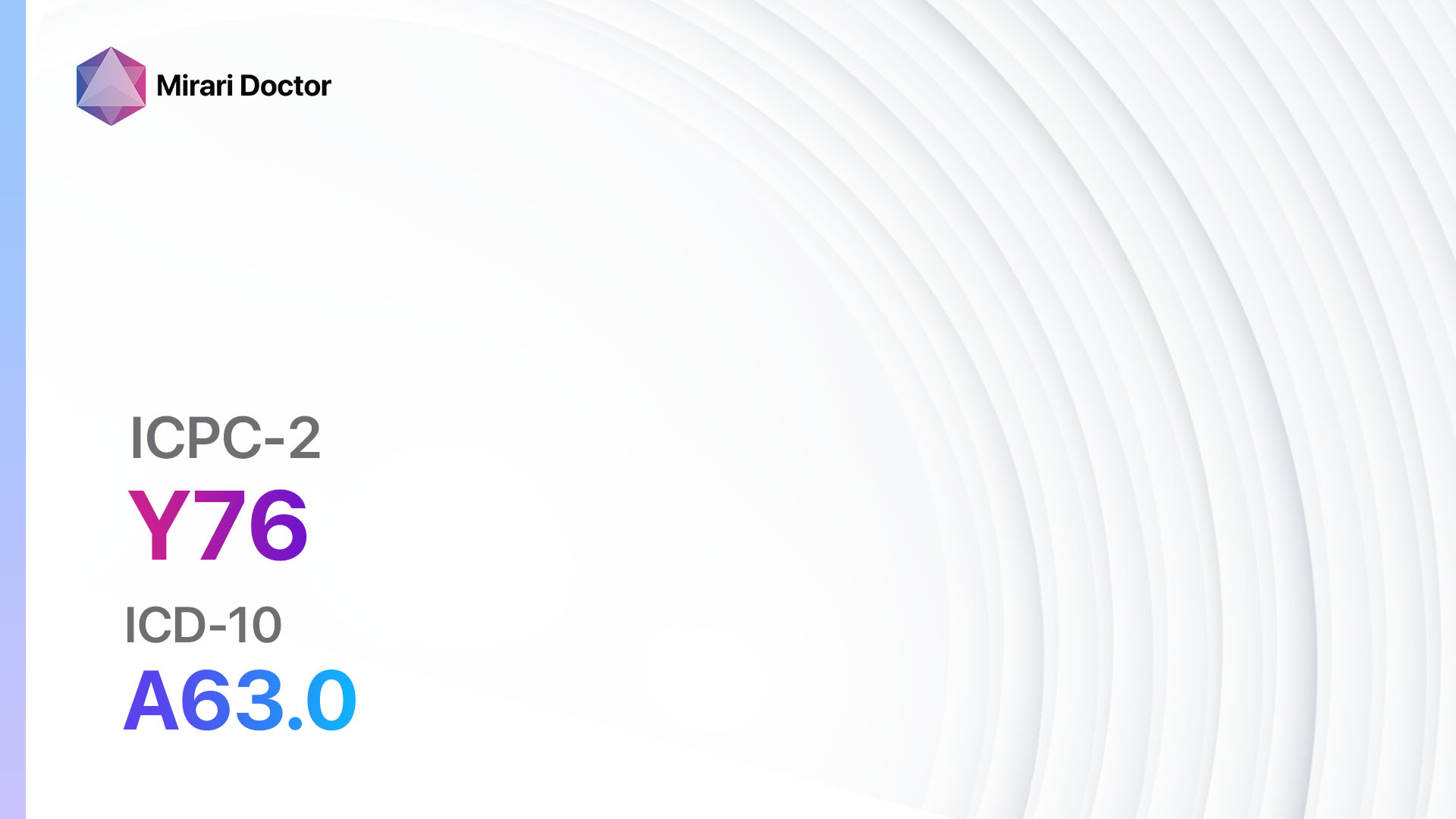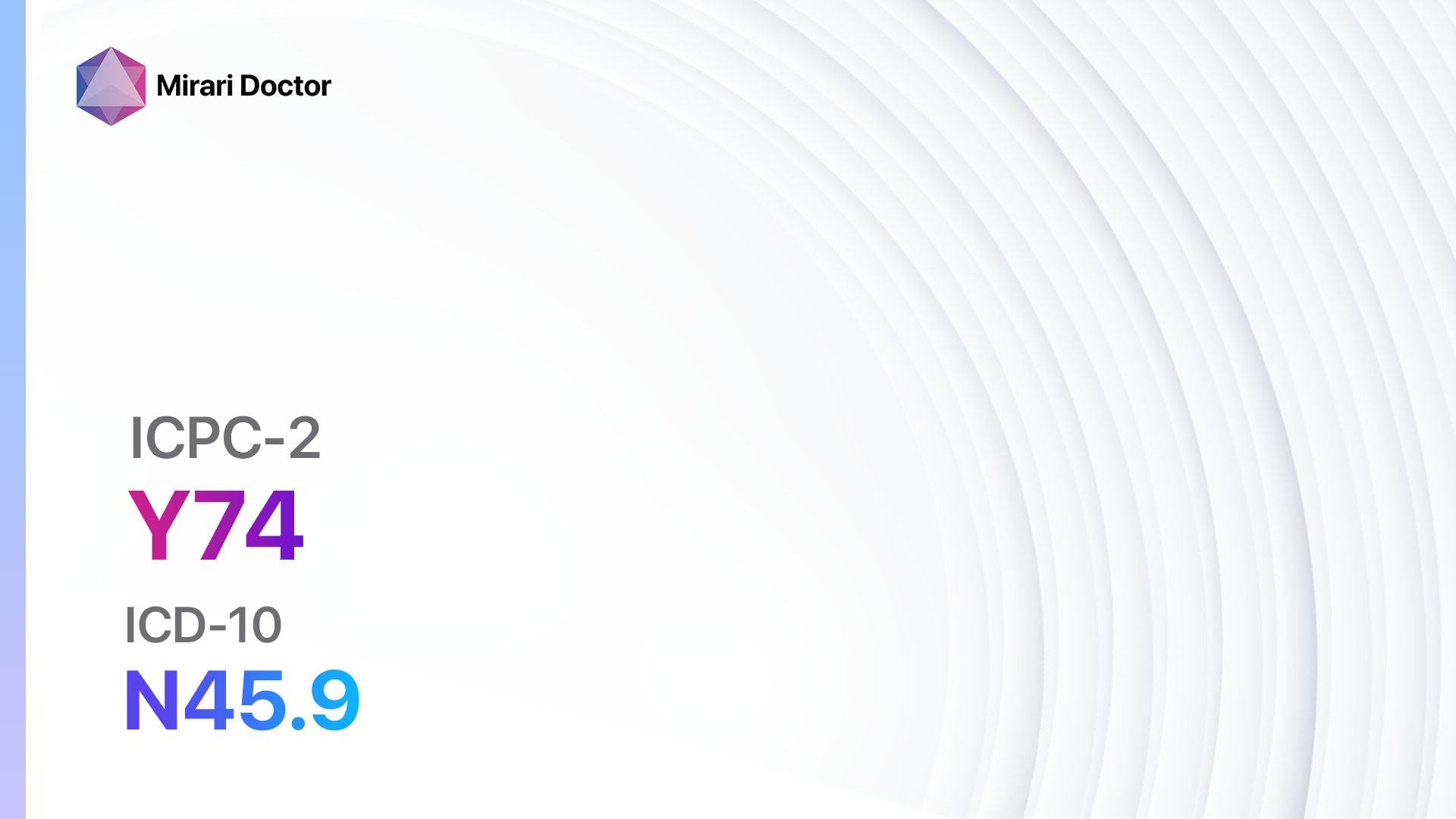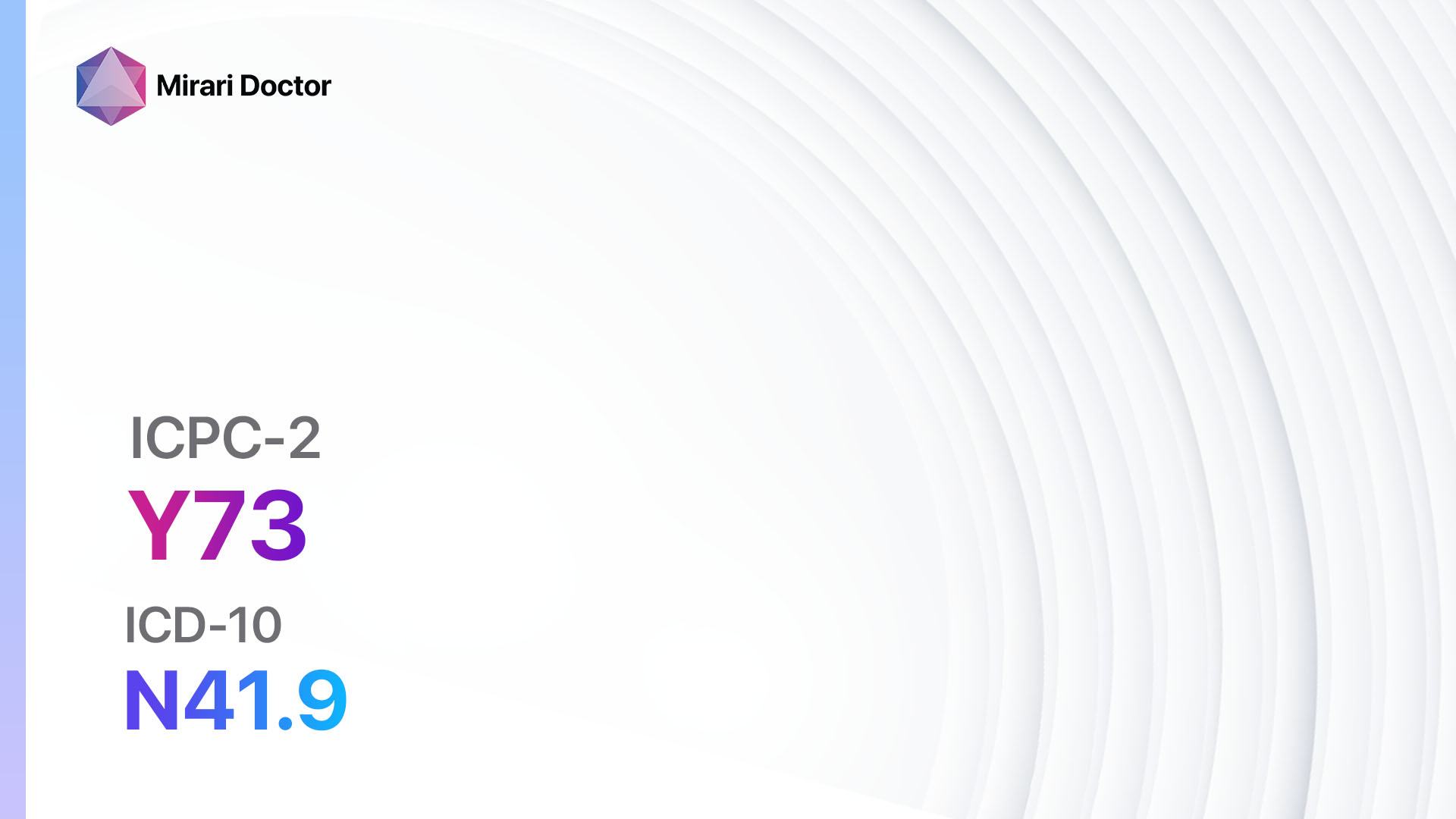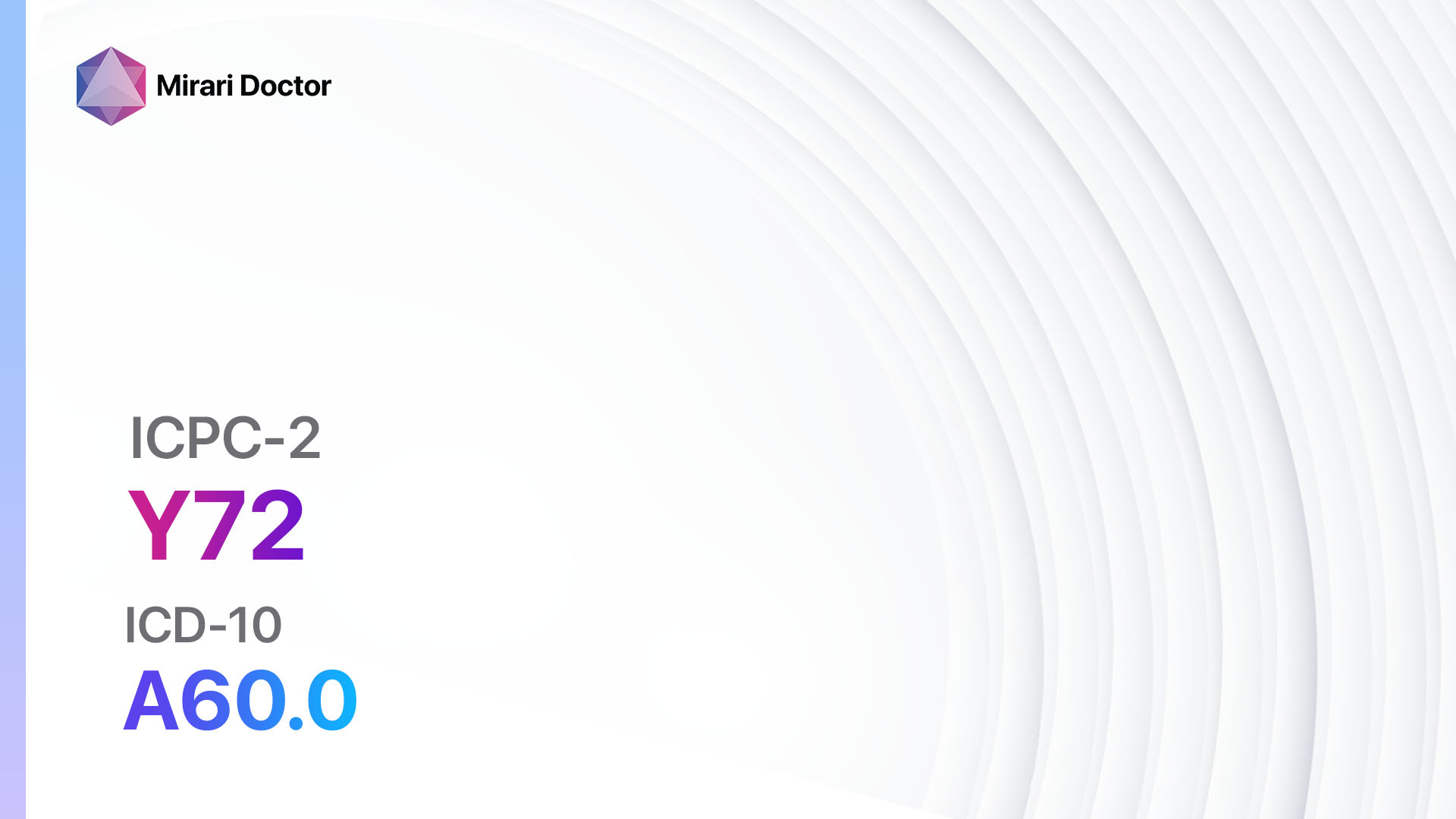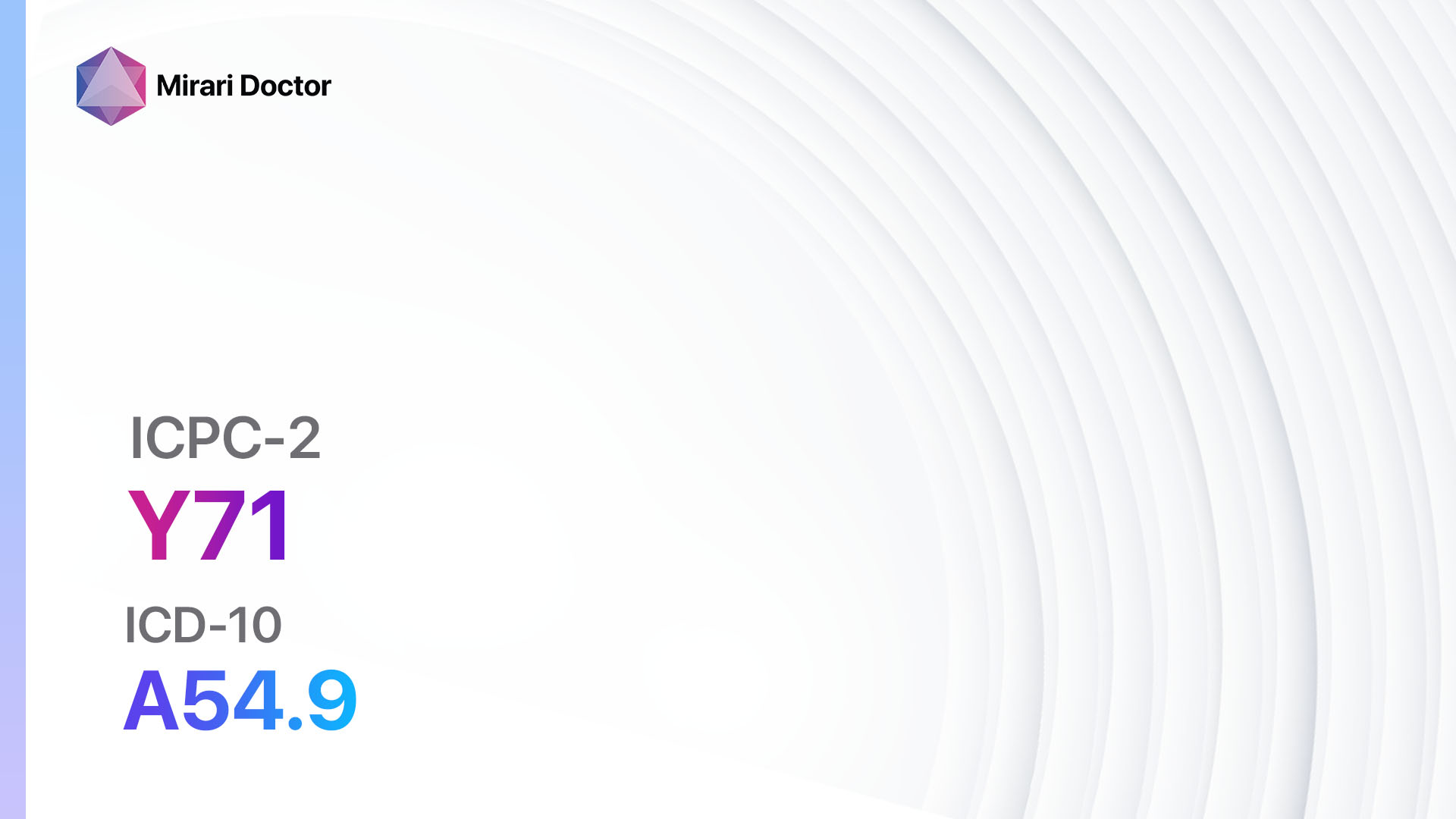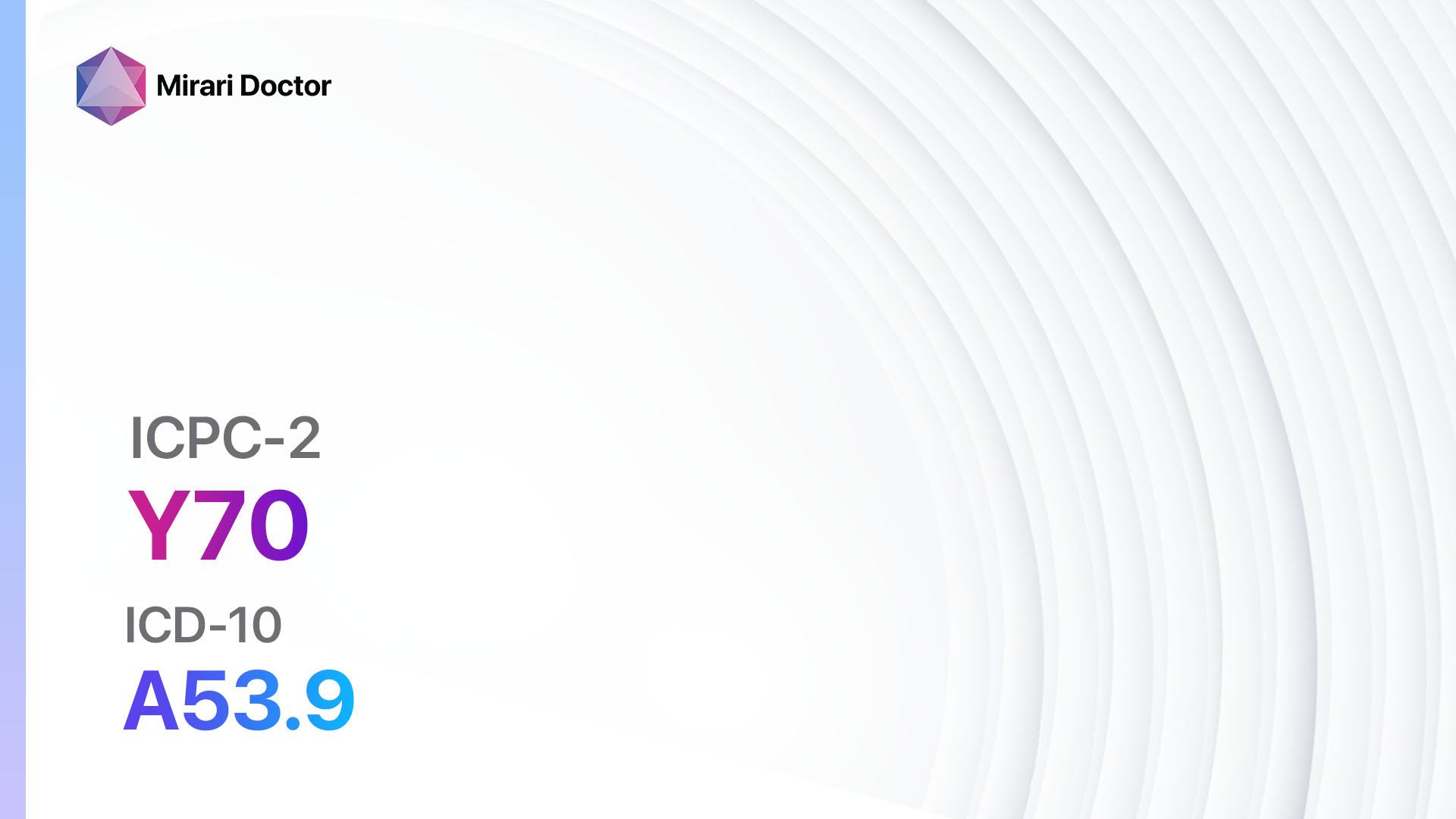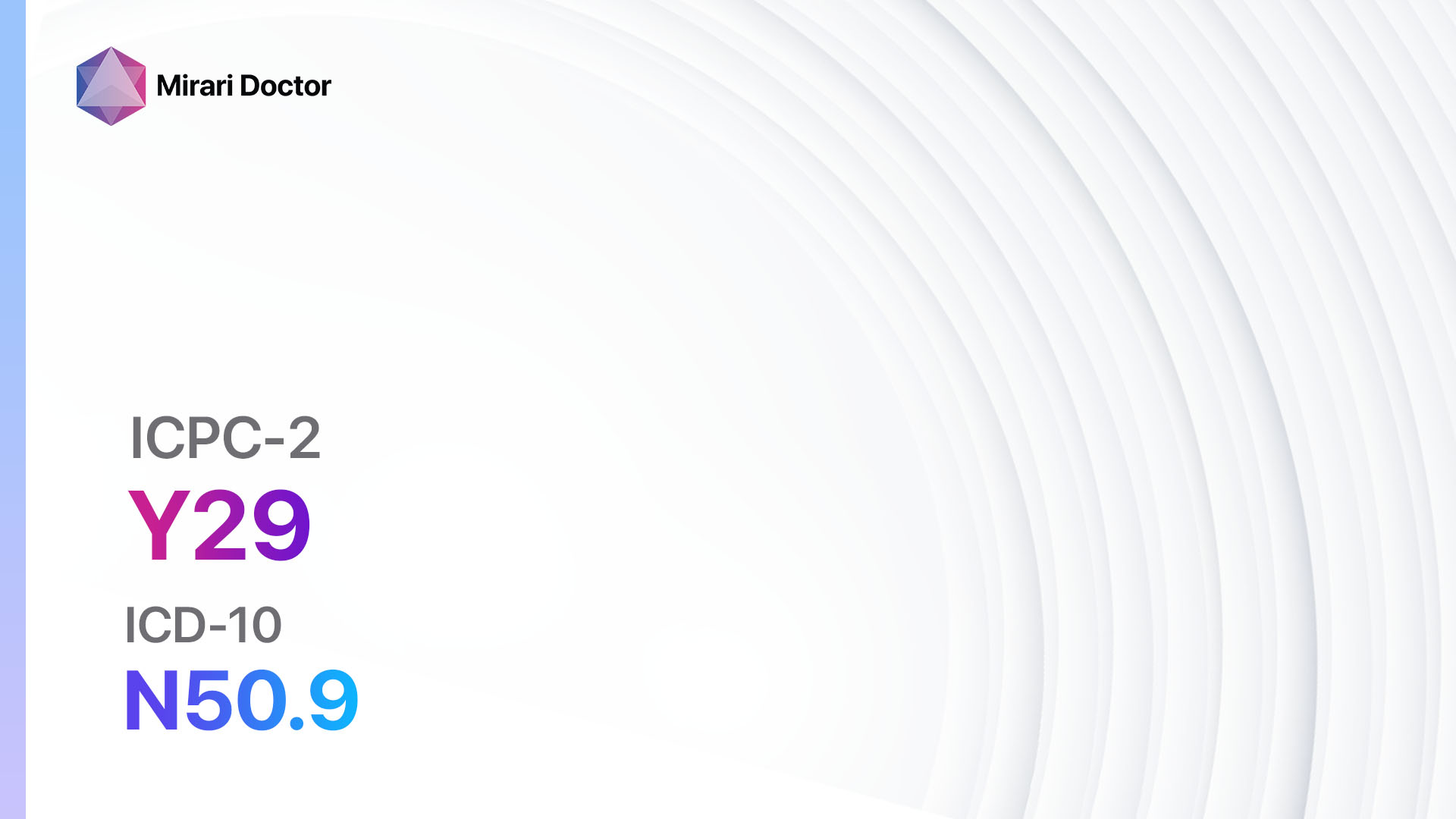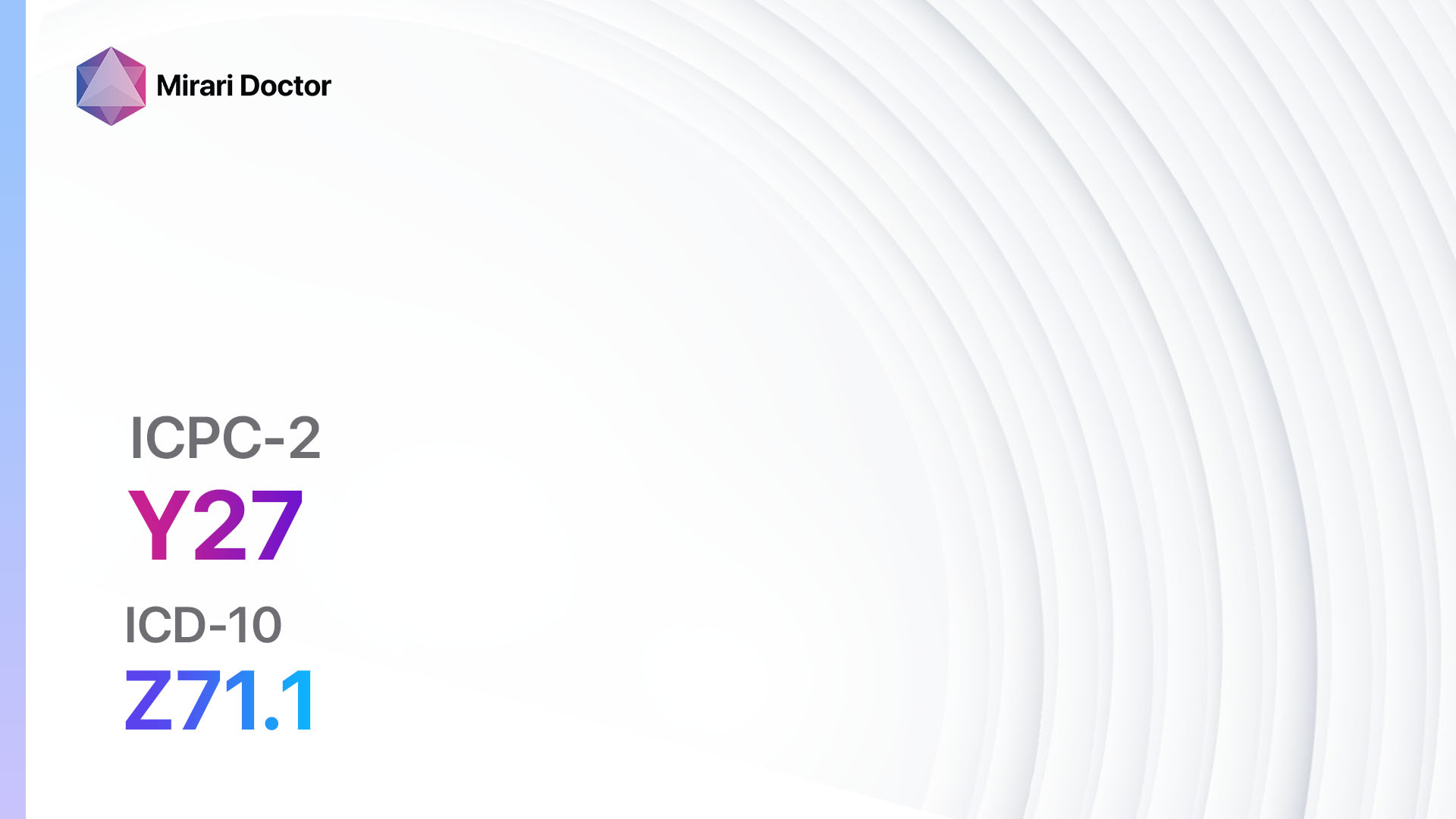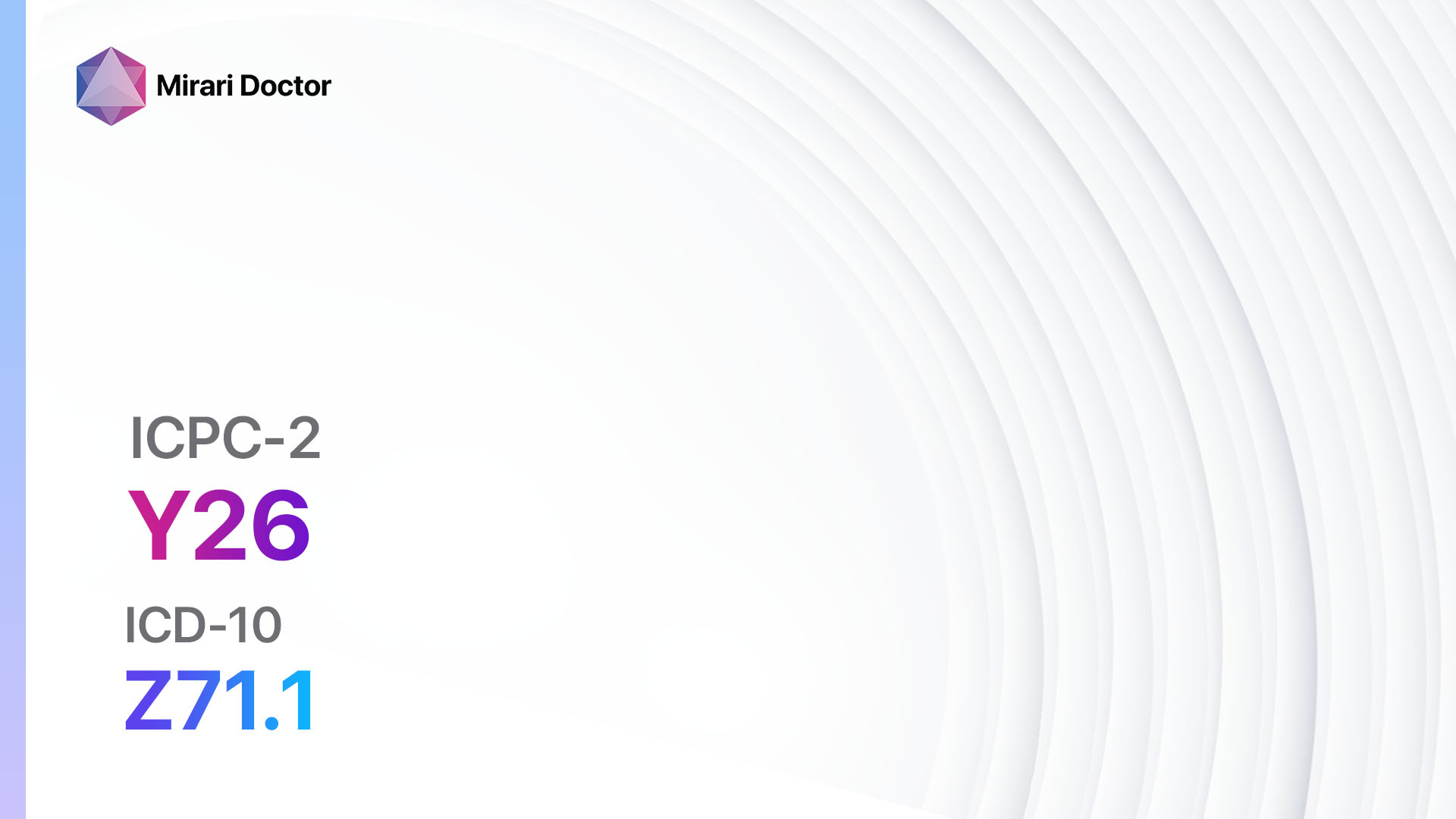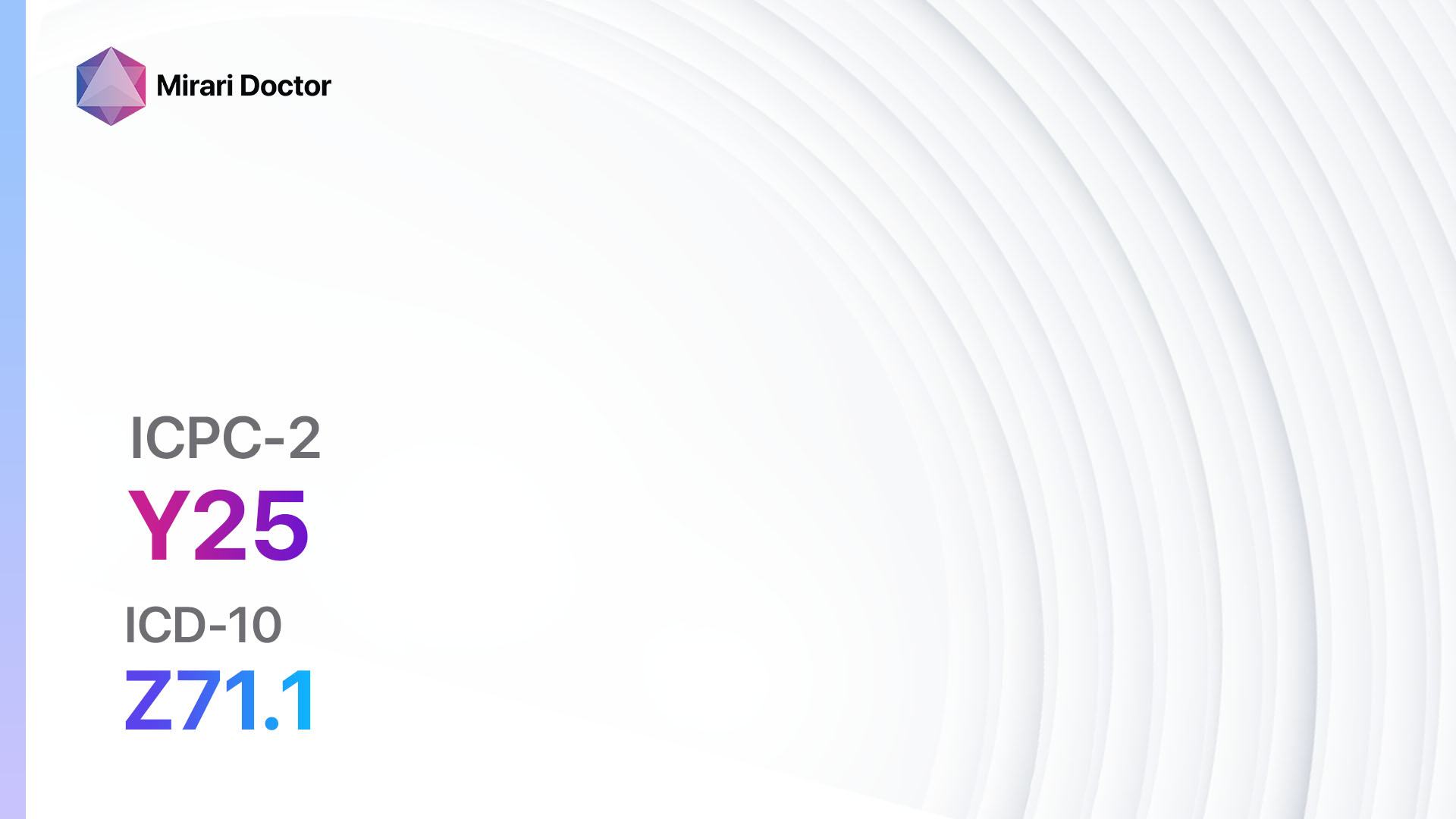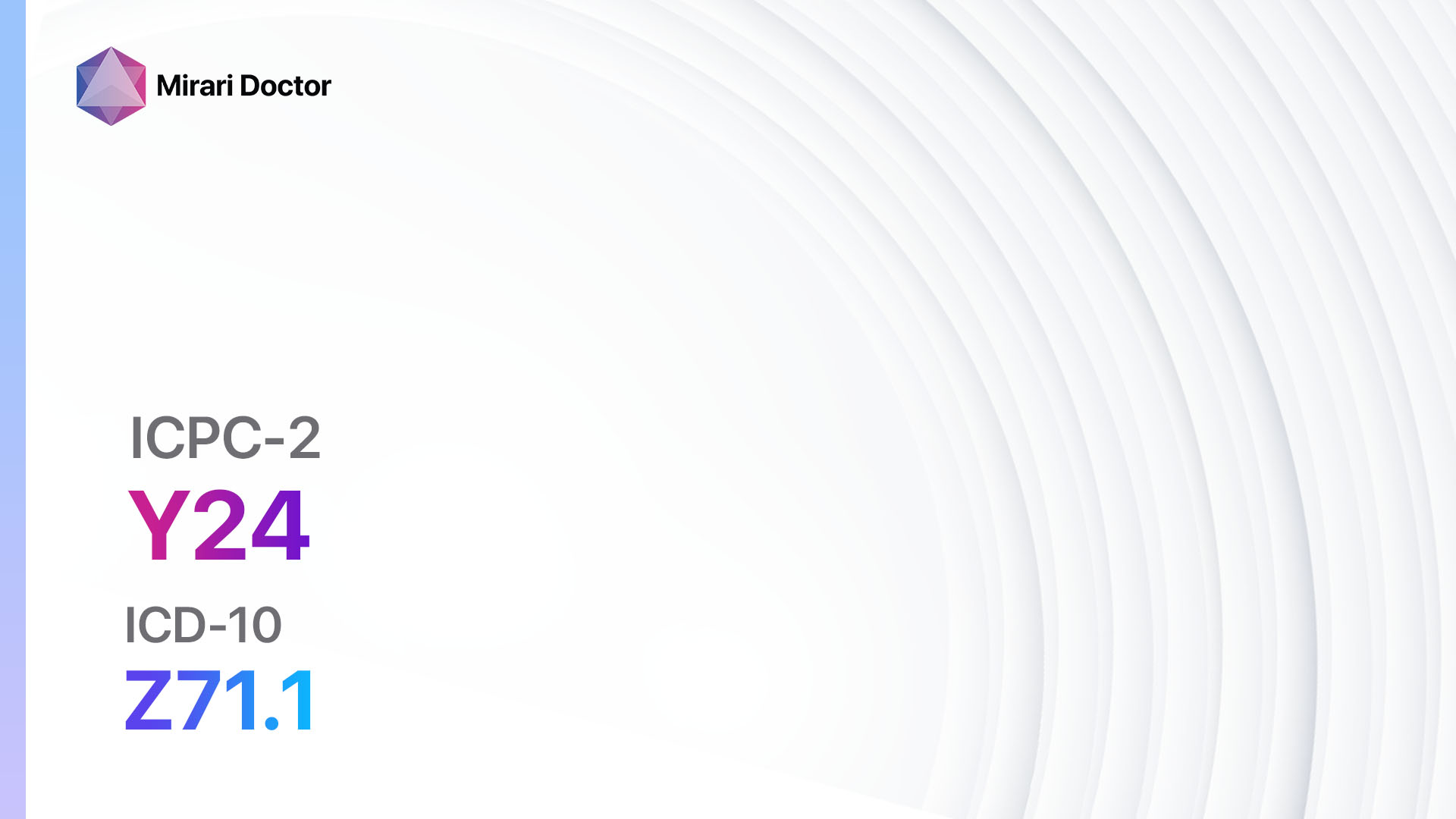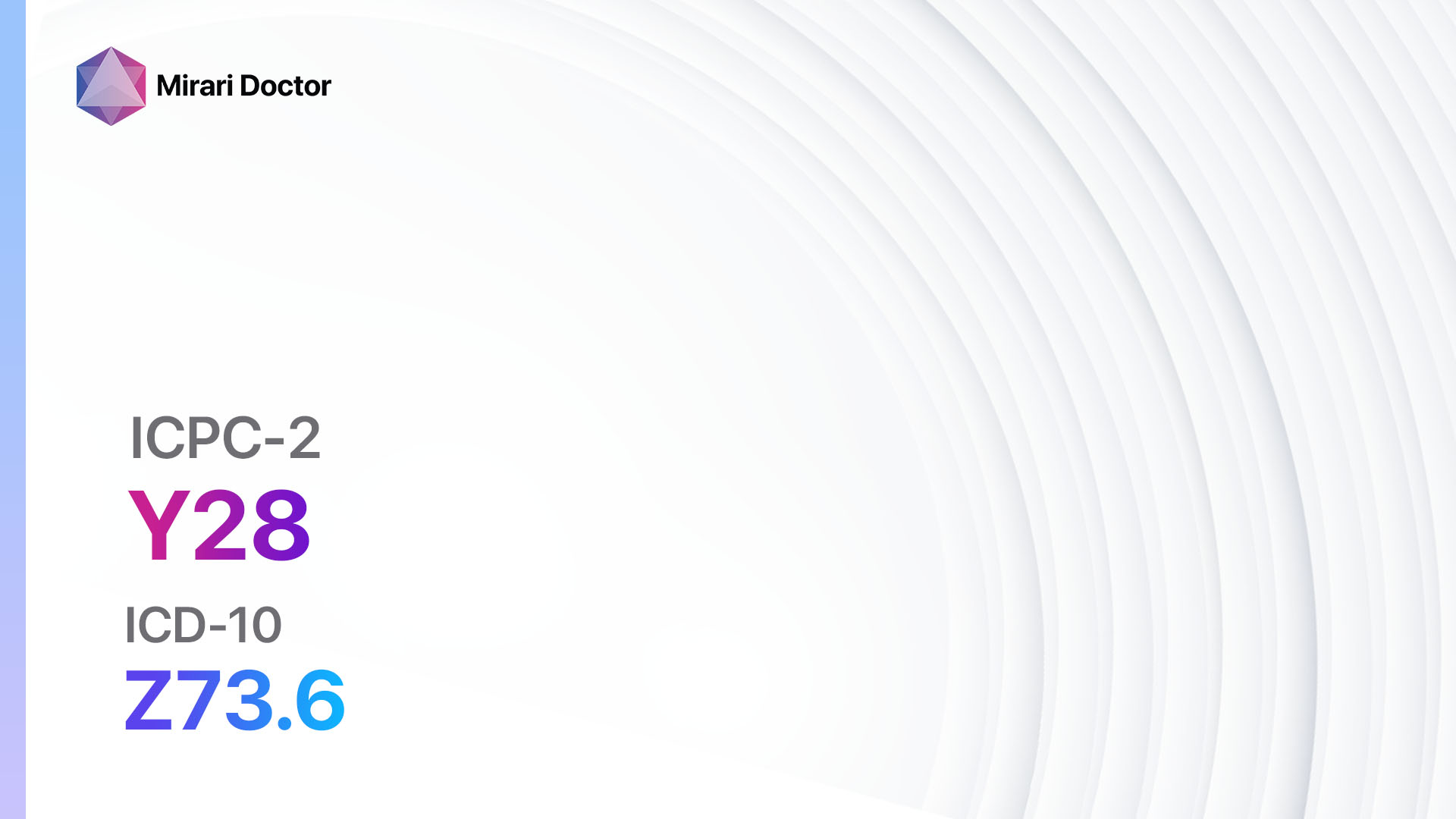
Introduction
Limited function/disability refers to a condition where an individual experiences a decrease in their ability to perform daily activities due to physical or mental impairments.[1] This guide aims to provide an overview of the symptoms, causes, diagnostic steps, possible interventions, and lifestyle interventions for limited function/disability.
Codes
- ICPC-2 Code: Y28 Limited function/disability (y)[2]
- ICD-10 Code: Z73.6 Limitation of activities due to disability[3]
Symptoms
- Difficulty in performing daily activities
- Impaired mobility
- Chronic pain
- Fatigue
- Cognitive impairments[4]
Causes
- Physical injuries or trauma
- Chronic medical conditions (e.g., arthritis, stroke, multiple sclerosis)
- Neurological disorders (e.g., Parkinson’s disease, Alzheimer’s disease)
- Mental health conditions (e.g., depression, anxiety disorders)[5]
Diagnostic Steps
Medical History
- Gather information about the patient’s medical conditions, including any chronic illnesses or previous injuries.
- Identify risk factors that may contribute to limited function/disability.
- Assess the impact of symptoms on the patient’s daily life and functioning.[6]
Physical Examination
- Evaluate the patient’s mobility and range of motion.
- Assess muscle strength and coordination.
- Check for any signs of pain or discomfort.
- Examine the patient’s neurological function, including reflexes and sensation.[7]
Laboratory Tests
- Blood tests to assess for underlying medical conditions (e.g., inflammatory markers, vitamin deficiencies)
- Specialized assays to evaluate specific conditions (e.g., genetic testing for neuromuscular disorders)[8]
Diagnostic Imaging
- X-rays to assess for bone fractures or joint abnormalities
- Ultrasound to evaluate soft tissue injuries or inflammation
- CT scans or MRIs to visualize structural abnormalities or neurological conditions[9]
Other Tests
- Electromyography (EMG) to assess muscle function and nerve conduction
- Neuropsychological testing to evaluate cognitive impairments
- Functional assessments to measure the patient’s ability to perform specific tasks[10]
Follow-up and Patient Education
- Schedule regular follow-up appointments to monitor the patient’s progress and adjust treatment plans if necessary.
- Provide education to the patient and their caregivers on strategies to manage symptoms and improve function.
- Refer patients to appropriate support services or rehabilitation programs.
Possible Interventions
Traditional Interventions
Medications:
Top 5 drugs for Limited function/disability:
- Nonsteroidal anti-inflammatory drugs (NSAIDs) (e.g., Ibuprofen, Naproxen):
- Cost: Generic versions can be $3-$20/month.
- Contraindications: History of gastrointestinal bleeding, kidney disease.
- Side effects: Upset stomach, increased risk of bleeding.
- Severe side effects: Kidney problems, heart attack, stroke.
- Drug interactions: Anticoagulants, certain antidepressants.
- Warning: Long-term use may increase the risk of cardiovascular events.
- Muscle relaxants (e.g., Cyclobenzaprine, Methocarbamol):
- Cost: Generic versions can be $10-$30/month.
- Contraindications: Glaucoma, urinary retention.
- Side effects: Drowsiness, dry mouth.
- Severe side effects: Allergic reactions, liver toxicity.
- Drug interactions: Other sedating medications, alcohol.
- Warning: Avoid activities requiring mental alertness while taking these medications.
- Antidepressants (e.g., Amitriptyline, Duloxetine):
- Cost: Generic versions can be $10-$50/month.
- Contraindications: Recent heart attack, use of monoamine oxidase inhibitors (MAOIs).
- Side effects: Sedation, dry mouth, constipation.
- Severe side effects: Suicidal thoughts, serotonin syndrome.
- Drug interactions: MAOIs, certain pain medications.
- Warning: Close monitoring for the development of suicidal thoughts.
- Anticonvulsants (e.g., Gabapentin, Pregabalin):
- Cost: Generic versions can be $10-$30/month.
- Contraindications: Allergy to anticonvulsants, kidney disease.
- Side effects: Dizziness, drowsiness, weight gain.
- Severe side effects: Allergic reactions, suicidal thoughts.
- Drug interactions: Opioids, certain antacids.
- Warning: Risk of developing suicidal thoughts or behavior.
- Corticosteroids (e.g., Prednisone, Methylprednisolone):
- Cost: Generic versions can be $10-$50/month.
- Contraindications: Active infections, diabetes.
- Side effects: Weight gain, increased blood sugar levels.
- Severe side effects: Osteoporosis, adrenal suppression.
- Drug interactions: Certain antibiotics, antifungal medications.
- Warning: Long-term use may require gradual tapering to avoid adrenal insufficiency.
Surgical Procedures:
- Joint replacement surgery: Replacing damaged joints with artificial ones to improve mobility and reduce pain. Cost: $20,000 to $50,000.
- Spinal fusion surgery: Joining two or more vertebrae to stabilize the spine and relieve pain. Cost: $50,000 to $100,000.
Alternative Interventions
- Physical therapy: Exercises and manual techniques to improve mobility, strength, and flexibility. Cost: $50-$150 per session.
- Occupational therapy: Assists in improving activities of daily living and functional skills. Cost: $50-$150 per session.
- Chiropractic care: Spinal adjustments and manipulations to relieve pain and improve joint function. Cost: $60-$200 per session.
- Acupuncture: May help reduce pain and improve overall well-being. Cost: $60-$120 per session.
- Massage therapy: Manipulation of soft tissues to promote relaxation and relieve muscle tension. Cost: $50-$100 per session.
Lifestyle Interventions
- Regular exercise: Engaging in low-impact activities, such as swimming or walking, to improve strength and flexibility. Cost: Varies (e.g., gym membership, equipment costs).
- Balanced diet: Emphasizing nutrient-rich foods to support overall health and well-being. Cost: Varies depending on dietary choices.
- Stress management techniques: Practicing relaxation exercises, mindfulness, or meditation to reduce stress. Cost: Free or minimal cost.
- Assistive devices: Using mobility aids or adaptive equipment to improve independence and function. Cost: Varies depending on the specific device.
- Pain management strategies: Exploring non-pharmacological methods, such as heat or cold therapy, to alleviate pain. Cost: Varies depending on the chosen method.
It is important to note that the cost ranges provided are approximate and may vary depending on the location and availability of the interventions.
Mirari Cold Plasma Alternative Intervention
Understanding Mirari Cold Plasma
- Safe and Non-Invasive Treatment: Mirari Cold Plasma is a safe and non-invasive treatment option for various skin conditions. It does not require incisions, minimizing the risk of scarring, bleeding, or tissue damage.
- Efficient Extraction of Foreign Bodies: Mirari Cold Plasma facilitates the removal of foreign bodies from the skin by degrading and dissociating organic matter, allowing easier access and extraction.
- Pain Reduction and Comfort: Mirari Cold Plasma has a local analgesic effect, providing pain relief during the treatment, making it more comfortable for the patient.
- Reduced Risk of Infection: Mirari Cold Plasma has antimicrobial properties, effectively killing bacteria and reducing the risk of infection.
- Accelerated Healing and Minimal Scarring: Mirari Cold Plasma stimulates wound healing and tissue regeneration, reducing healing time and minimizing the formation of scars.
Mirari Cold Plasma Prescription
Video instructions for using Mirari Cold Plasma Device – Y28 Limited function/disability (y) (ICD-10:Z73.6)
| Mild | Moderate | Severe |
| Mode setting: 7 (Immunotherapy) Location: 1 (Sacrum) Morning: 15 minutes, Evening: 15 minutes |
Mode setting: 7 (Immunotherapy) Location: 1 (Sacrum) Morning: 30 minutes, Lunch: 30 minutes, Evening: 30 minutes |
Mode setting: 7 (Immunotherapy) Location: 1 (Sacrum) Morning: 30 minutes, Lunch: 30 minutes, Evening: 30 minutes |
| Mode setting: 7 (Immunotherapy) Location: 4 (Heart, Bile & Pancreas) Morning: 15 minutes, Evening: 15 minutes |
Mode setting: 7 (Immunotherapy) Location: 4 (Heart, Bile & Pancreas) Morning: 30 minutes, Lunch: 30 minutes, Evening: 30 minutes |
Mode setting: 7 (Immunotherapy) Location: 4 (Heart, Bile & Pancreas) Morning: 30 minutes, Lunch: 30 minutes, Evening: 30 minutes |
| Mode setting: 5 (Prostatitis Therapy) Location: 2 (Prostate & Uterus) Morning: 15 minutes, Evening: 15 minutes |
Mode setting: 5 (Prostatitis Therapy) Location: 2 (Prostate & Uterus) Morning: 30 minutes, Lunch: 30 minutes, Evening: 30 minutes |
Mode setting: 5 (Prostatitis Therapy) Location: 2 (Prostate & Uterus) Morning: 30 minutes, Lunch: 30 minutes, Evening: 30 minutes |
| Mode setting: 7 (Immunotherapy) Location: 7 (Neuro system & ENT) Morning: 15 minutes, Evening: 15 minutes |
Mode setting: 7 (Immunotherapy) Location: 7 (Neuro system & ENT) Morning: 30 minutes, Lunch: 30 minutes, Evening: 30 minutes |
Mode setting: 7 (Immunotherapy) Location: 7 (Neuro system & ENT) Morning: 30 minutes, Lunch: 30 minutes, Evening: 30 minutes |
| Total Morning: 60 minutes approx. $10 USD, Evening: 60 minutes approx. $10 USD |
Total Morning: 120 minutes approx. $20 USD, Lunch: 120 minutes approx. $20 USD, Evening: 120 minutes approx. $20 USD, |
Total Morning: 120 minutes approx. $20 USD, Lunch: 120 minutes approx. $20 USD, Evening: 120 minutes approx. $20 USD, |
| Usual treatment for 7-60 days approx. $140 USD – $1200 USD | Usual treatment for 6-8 weeks approx. $2,520 USD – $3,360 USD |
Usual treatment for 3-6 months approx. $5,400 USD – $10,800 USD
|
 |
|
Use the Mirari Cold Plasma device to treat Limited function/disability (y) effectively.
WARNING: MIRARI COLD PLASMA IS DESIGNED FOR THE HUMAN BODY WITHOUT ANY ARTIFICIAL OR THIRD PARTY PRODUCTS. USE OF OTHER PRODUCTS IN COMBINATION WITH MIRARI COLD PLASMA MAY CAUSE UNPREDICTABLE EFFECTS, HARM OR INJURY. PLEASE CONSULT A MEDICAL PROFESSIONAL BEFORE COMBINING ANY OTHER PRODUCTS WITH USE OF MIRARI.
Step 1: Cleanse the Skin
- Start by cleaning the affected area of the skin with a gentle cleanser or mild soap and water. Gently pat the area dry with a clean towel.
Step 2: Prepare the Mirari Cold Plasma device
- Ensure that the Mirari Cold Plasma device is fully charged or has fresh batteries as per the manufacturer’s instructions. Make sure the device is clean and in good working condition.
- Switch on the Mirari device using the power button or by following the specific instructions provided with the device.
- Some Mirari devices may have adjustable settings for intensity or treatment duration. Follow the manufacturer’s instructions to select the appropriate settings based on your needs and the recommended guidelines.
Step 3: Apply the Device
- Place the Mirari device in direct contact with the affected area of the skin. Gently glide or hold the device over the skin surface, ensuring even coverage of the area experiencing.
- Slowly move the Mirari device in a circular motion or follow a specific pattern as indicated in the user manual. This helps ensure thorough treatment coverage.
Step 4: Monitor and Assess:
- Keep track of your progress and evaluate the effectiveness of the Mirari device in managing your Limited function/disability (y). If you have any concerns or notice any adverse reactions, consult with your health care professional.
Note
This guide is for informational purposes only and should not replace the advice of a medical professional. Always consult with your healthcare provider or a qualified medical professional for personal advice, diagnosis, or treatment. Do not solely rely on the information presented here for decisions about your health. Use of this information is at your own risk. The authors of this guide, nor any associated entities or platforms, are not responsible for any potential adverse effects or outcomes based on the content.
Mirari Cold Plasma System Disclaimer
- Purpose: The Mirari Cold Plasma System is a Class 2 medical device designed for use by trained healthcare professionals. It is registered for use in Thailand and Vietnam. It is not intended for use outside of these locations.
- Informational Use: The content and information provided with the device are for educational and informational purposes only. They are not a substitute for professional medical advice or care.
- Variable Outcomes: While the device is approved for specific uses, individual outcomes can differ. We do not assert or guarantee specific medical outcomes.
- Consultation: Prior to utilizing the device or making decisions based on its content, it is essential to consult with a Certified Mirari Tele-Therapist and your medical healthcare provider regarding specific protocols.
- Liability: By using this device, users are acknowledging and accepting all potential risks. Neither the manufacturer nor the distributor will be held accountable for any adverse reactions, injuries, or damages stemming from its use.
- Geographical Availability: This device has received approval for designated purposes by the Thai and Vietnam FDA. As of now, outside of Thailand and Vietnam, the Mirari Cold Plasma System is not available for purchase or use.
References
- World Health Organization. (2001). International Classification of Functioning, Disability and Health (ICF). Geneva: WHO.
- World Health Organization. (2003). International Classification of Primary Care, Second edition (ICPC-2).
- World Health Organization. (2019). International Statistical Classification of Diseases and Related Health Problems, 10th Revision (ICD-10).
- Centers for Disease Control and Prevention. (2023). Disability and Health Overview. Retrieved from https://www.cdc.gov/ncbddd/disabilityandhealth/disability.html
- National Academies of Sciences, Engineering, and Medicine. (2018). Factors That Affect Health-Care Utilization. In Health-Care Utilization as a Proxy in Disability Determination. Washington, DC: The National Academies Press.
- Heins MJ, et al. (2013). For which health problems do cancer survivors visit their General Practitioner? Eur J Cancer. 49(1):211-218.
- American Cancer Society. (2023). Tests for Testicular Cancer.
- Gilligan T, et al. (2019). Testicular Cancer, Version 2.2020, NCCN Clinical Practice Guidelines in Oncology. J Natl Compr Canc Netw. 17(12):1529-1554.
- Kreydin EI, et al. (2018). Current management of testicular cancer. F1000Res. 7:F1000 Faculty Rev-1747.
- Oldenburg J, et al. (2013). Testicular seminoma and non-seminoma: ESMO Clinical Practice Guidelines for diagnosis, treatment and follow-up. Ann Oncol. 24 Suppl 6:vi125-32.
Related articles
Made in USA


